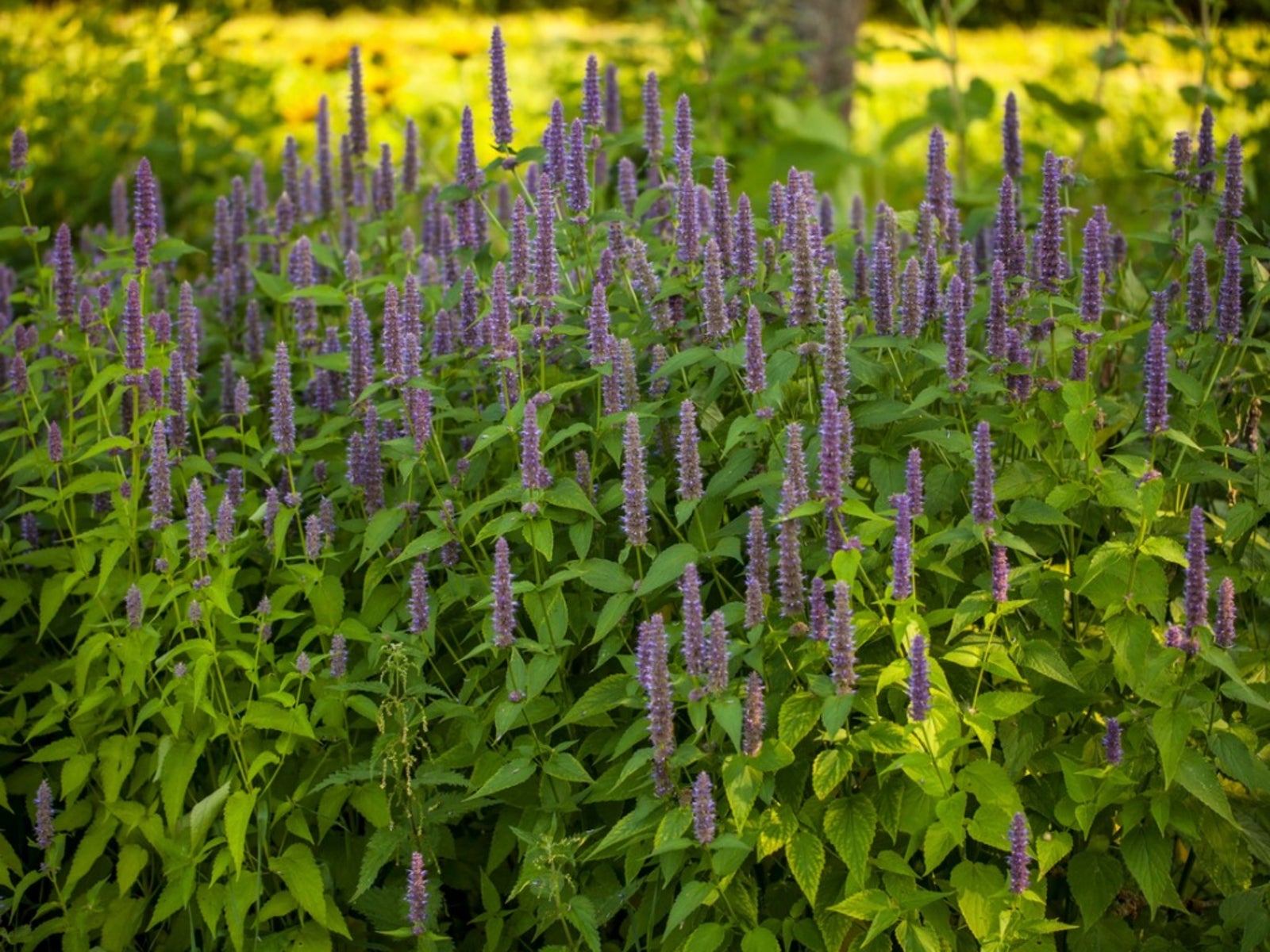
There is a current tendency to veer towards creating a landscape that is more sustainable, which often includes the use of edible plants or even landscaping with medicinal plants. Medicinal plants for landscaping purposes are often low maintenance, sometimes native herbs. Interested in more of an herbal landscape? Keep reading to learn more.
Landscaping with Medicinal Plants
Plants have a purpose -- usually multiple purposes. They are not only pleasing to the eye, but often other senses as well. Sometimes they provide shade, food or wildlife habitat.
Some plants also have health benefits. Plants were, after all, the original medicine. This added benefit makes using medicinal herbs in the landscape a win/win. But before you leap into creating an herbal landscape, there are some things to consider.
Herbal Landscape Considerations
Before you start adding medicinal herbs in the landscape, take some time to think about the size of the plant at maturity. Look at what soil conditions, light and water the plant will need to thrive. Will the plant be invasive? In other words how does it reproduce? Also what USDA zone is recommended for this plant?
While you are considering growing conditions, think about what use you would like the plant to fill. That is, what will the plant be useful for medicinally. Some examples of things to ask yourself are whether you suffer from insomnia, anxiety or inflammation. Then do some research on the types of herbal plants that can treat these ailments that will survive in your region.
Medicinal Plants for Landscaping
As mentioned, some medicinal plants already have their place in the traditional landscape. Anise hyssop, coneflower, great blue lobelia and California poppy are all fairly commonly found in the landscape.
Other medicinal plants for landscaping can mimic or stand in for traditional landscape plants, like hostas or ornamental grasses. For instance, horseradish, good for both medicinal and culinary uses, has huge green glossy leaves that make a statement. Comfrey is another plant with large, albeit fuzzy leaves that lend a tropical feel. Plus the flower is a dark purple, bell shaped bloom
Sign up for the Gardening Know How newsletter today and receive a free copy of our e-book "How to Grow Delicious Tomatoes".
For a grassy, gauzy look, try planting dill or fennel. Another herb, sage, comes in a plethora of varieties, each with the signature aroma. Calendula with its cheery blooms will enliven the early spring.
Medicinal plants for landscaping can even take the place of the usual ground covers. Try growing lemon balm, a low grower that easily spreads. With its citrusy aroma and taste, lemon balm is used for teas or even tossed into salads to calm and relax.

Amy Grant has been gardening for 30 years and writing for 15. A professional chef and caterer, Amy's area of expertise is culinary gardening.
